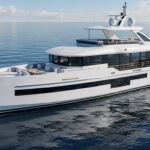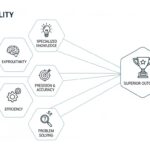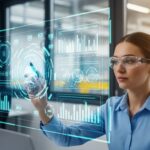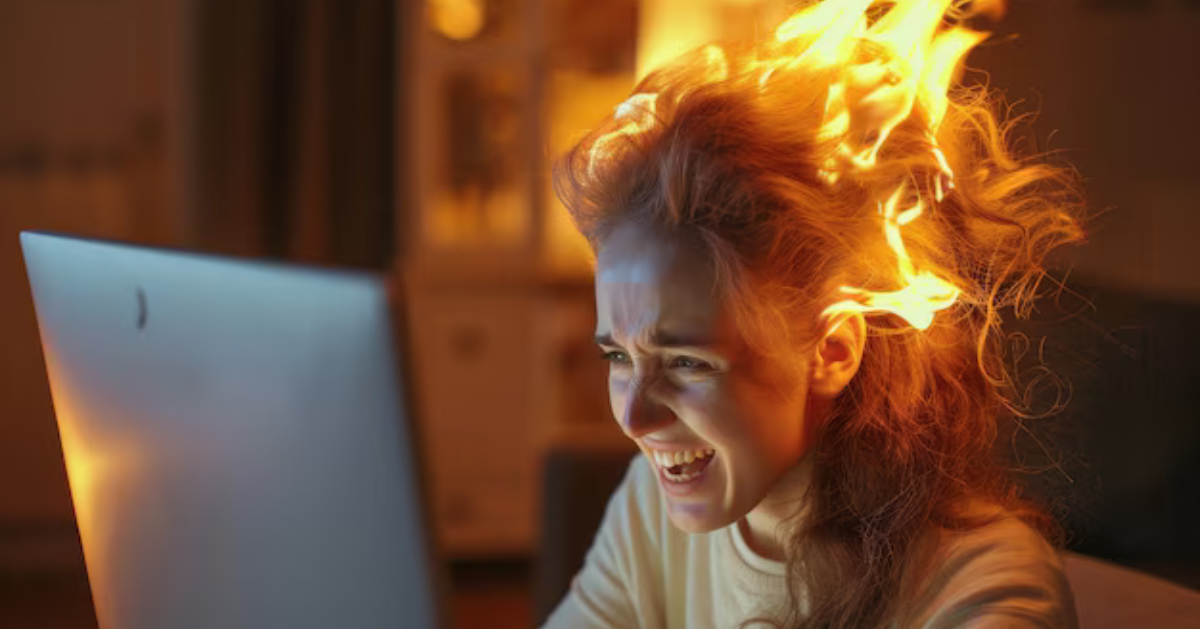Guatemala born mixed-media artist Paula Morales explores time, migration, futurology, utility and desire in her installations, gifs, and video work. In this interview Paula speaks with us about the inspiration behind her works, and how the forms in which they take utilize us to travel through time.
Your work has been described as dealing with Futurology. (In case our readers don’t know about this term) What is Futurology and how do you use this within your art practice?
Futurology can be seen as the study of predicting possible or plausible futures, often connected to the idea of evolution or improvement over time. Futurology is also intrinsically tied to the explorations of the first world, and specifically the United States. In many ways I think our current social imaginary lies in the space of tomorrow, more so today than ever before. I often think about scenarios like the Jetsons, where cars are automated, robots clean houses, and even walkways are electric – and it’s all conceived of as automatically better. So many of those inventions actually exist today, where we now live in that ‘future.’ My work explores questions that relate to utility, desire, and meaning that tie to these very ideas.
Interestingly, what this country often grows to consider obsolete, is a playground of possibility in my practice. While I personally have left my home country of Guatemala, my roots remain, especially the playfulness and resourcefulness of the third world.
What, for you, makes analog and digital realms such a tantalizing element to investigate?
When working with machines, I predominantly desire to use them as communication tools. This functions twofold for me – not only do they serve to literally disseminate messages, but they also function as intricate social stand-ins to represent our fever as a species to move forward. Dialogue arises within the juxtaposition of analog technology paired with digital technology around how humanity measures time. As we continue to evolve, time has shrunk in technological ways that have had a profound impact on the way we live. The “shrinkage” of time goes hand in hand with the attention span, (think text messages and gif culture.)
The “familiar” object is meant to be that: a familiar part of the visual dialogue. Here, a dichotomy may be posed between the purpose of the screen and its utilitarian aesthetic. I like to challenge the way galleries work, since white cubes have very structured modes of placing art on walls, in addition to the way spectators are traditionally instructed to “see.” I like working with a playfulness that invites the viewer to activate each piece simply by their presence, and therefore participate with the space as a whole. Working with spatial perception is something that excites me, specifically when lights, screens, content and the viewer themself create a visual equilibrium.The familiarity of the devices I use also hint to accessibility; Who can own a television set? Who can afford a computer? What does that mean? Of course this is a conversation that has to be considered within the development of media as a whole, not as a single isolated case. The familiarity of tvs and screens in general has to do with a access, and the interplay between technology and displayed content in order to question familiarity as tied to access.
What is your relationship to color and where do you pull inspiration from for your brightly saturated installations?
I intimately consider color, it is an inherent part of my work, serving to express certain components that describe where I come from. I was born in Quetzaltenango, Guatemala and the markets are full of color- the traditional hüipiles, handmade piñatas, cemeteries, kites and foods are flooded with it. I use color to create a channel between two worlds; the one I was born and grew up in, and the one in which I now live. I like to think of color as a sort of heterotopia in which I can inhabit within the flickering in my work. Color is also very important to me since it speaks many languages, and signifies the energy spectrum in an electric way but also in a holistic way.
As living beings we are charged with energy; currents that can be transferred into the color spectrum. We ourselves oscillate between energy and matter, and the interconnectedness to our surroundings can be communicated through different color patterns.
Scrolling through your portfolio, your work appears to have made a pretty big shift in the last few years while you were in graduate school. What were some of these big shifts for you? What about your practice stuck like glue and what aspects evolved?
Let’s talk about GIFs! Recently, I’ve been exploring GIFs as a platform for art, so when I saw your work using them, I was very exciting. What do GIFs offer for your content that other digital forms do not?GIFs are everything! They are fun, short and shareable by all. The GIF as a format has been around for a while but it is currently having a resurgence. Being able to share moments through short looping fragments is exciting. There is a relatability in this fast paced world that GIFs parallel. There is a quirkiness to them that transforms their “informal” quality and their fast pace into a wonderful way of gaining access to a myriad of communication tools that are used today.
In your show Currents, you had Prediction, Panthera Onca, and Optical Buffer. After viewing your work online, I saw these as physical representations of GIFs in physical space by using Lenticular printing technology.
This piece is born through my desire of wanting to create a hologram. Investigating holographic technology and history I came upon Pepper’s Ghost. Pepper’s Ghost was a technique very commonly used in haunted houses and in theatres before the moving image.It stems out of Phantasmagoria and “ghost making” as forms of entertainment. My intention of using this specific technique was to use a method that has been around since the 1800’s and mixing it with twenty first century technology. You could see that the piece was made with a modern day projector, while when it first came to be it was done either with the magic lantern that was around since the sixteenth century and or with candles and mirrors. Again this piece personifies the uniting and mixing of different era technologies to create a stage for dialogue.
The content in the piece as the content in the whole show had to do with currents hence the title of the show. The currents I refer to are informational currents, wind currents, ocean currents as well as migrational currents both animal and human. In such a crucial day and age where the political agenda is more concerned in violence and exclusion, death and division it is of essence to create safe spaces of interaction. Spaces that serve as platforms for creation and therefore for the change of the path of the future. The Bison that appear as part of the projected video, serve as a reference to the aboriginal people. I believe that respect is millenary, we need to thank our lands, our ancestors, our elders, we cannot even commence to understand where we stand if we don’t acknowledge where we came from.
Beyond installation, you also work in photography and drawing. Most of these on your website are portraiture based. How does this work converse with your installation work? Or what separates them for you to decide to have separate social media pages for them?
I have a background in photography. I started working in documentary photography which brought me to the Bay Area. With time and exploration of the digital realm I starting mutating my ideas into photo collage, digital image intervention until I stopped using the camera to understand what I could achieve without one. I continue to use photography, yet, I think at this point it is another tool that serves as a way to communicate versus having an interest in the medium in itself and on its own. My work is a play on light when it comes to photography. I think it can collaborate with my installation work as another layer.
With my illustration work, I have always done it, yet, after my mother’s passing in 2013 I inherited her art supplies, and have bestowed in her memory and importance in my life. After all she instilled freedom in me and that drove me to art. I have discovered that there lies other kinds of communication when it comes to drawing, the relationship that I have with my tools as well as the reaction that I get from the viewers who interact with the pieces.
The reasoning behind having different social media accounts has to do with the audience. I have noticed in social media that people enjoy constancy. When constancy is lacking interests vanishes. By having illustration in one account and my more technologically driven work in another account, people decide what to follow and how to interact without losing so much interest in the process and or content.
What do you have coming up?
I am working on my company which will be live soon. It is a an online feature that contains elements that range from one of a kind home decor, apparel to handmade electroformed jewelry amongst others. I also have some features in some magazines including this one, some artistic collaborations and waiting to see what else the future awaits!
Thanks so much for speaking with us Paula!!










